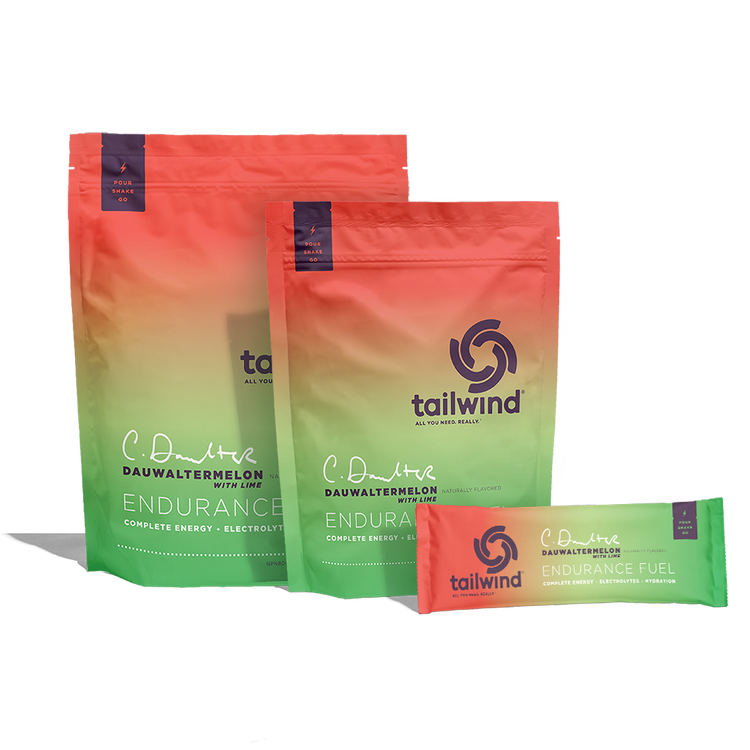Sport Psychology & Motivation for Endurance Athletes
0 Comments
By Ben Foodman
Purpose
How you set goals as an athlete is critical for your success. But understanding the underlying reason for why you do what you do as an athlete is the fuel for your motivation. For instance, many of the people who read this blog probably use Tailwind products to help enhance their performance in order to stay hydrated with a supplement that is highly efficient in terms of its absorption, its ability to sit well with your stomach, and also meet your electrolyte needs. But this only tells you what happens when you use Tailwind supplements. The ‘why’ reasons might include explanations such as keeping sodium potassium pumps active for continuous action potentials, keeping the gut-brain axis in a positive state, and a variety of other important underlying factors. When you address why you are doing what you are doing, you are exploring the truth of your actions on a cellular level. So when athletes come to consult with me about their mental performance, one of the first things I explore with my clients is why they are doing what they are doing.
Understanding Why & How to Discover It
Before we go deeper into understanding what an athlete’s ‘why’ actually is, we first need to establish what goals are. Experts within the field of sport psychology have defined goals as objectives that groups or individuals try to achieve within specific parameters. Examples of goals could be wanting to compete in a marathon, increase upper body strength, improve cardiovascular endurance, etc. It is also important for goals to be as detailed as possible because when athletes establish challenging and specific goals, research suggests that athletes are more likely to enhance their performance, especially in endurance based tasks. Understanding what goals are and how to set them is an important first step because this process helps athletes establish the blueprint for how they want to complete their objective. But establishing the blueprint is only one half of the equation. The other half is understanding why you are trying to follow the blueprint.
As an individual is trying to accomplish goals, they will inevitably run into obstacles. This is because at the end of the day sporting events are complex problems that an individual is trying to solve. For instance, when an athlete is trying to compete in a marathon, they have to solve the problem of running 26.2 miles as fast as they can. This is a dynamic process that will provide obstacles that were not previously part of the original forecast (e.g. bad weather, injuries, etc.). This is where understanding your ‘why’ comes into play. It can be easy to become frustrated, anxious, and overwhelmed trying to accomplish a complex goal, and in many cases can cause individuals to question whether or not to continue with completing those goals. But if you have established why you are doing what you are doing, you can lean into that for motivation while working through those rough patches. It’s a reminder for what got you excited in the first place to start your endeavor. Saying ‘I want to compete in a marathon’ is different then saying ‘I want to compete in a marathon because I want to prove to myself that I can push my body and my mind further than I ever imagined, and hopefully this will serve as inspiration for those closest to me, that with hard work they can do almost anything they imagine’. It’s easy to decide which statement will carry you over the finish line. But now that we have established what goals are and the importance of understanding the underlying reason why you are doing what you are doing, let’s look at a simple blueprint on how to do this on your own.
First, describe in detail what your outcome goal is. Include information about what type of sporting event you want to compete in, and the timeline you would like to accomplish this in. Next, identify anywhere from three to five performance goals that you will need to achieve in order to successfully accomplish your outcome goal. Performance goals are slightly more specific such as increasing lower body strength, improving your biomechanics in running, reducing pre-performance anxiety, etc. Once you have done this, list out the process goals that you will need to properly execute in order to achieve your performance goals. For instance, if you want to increase your lower body strength, a process goal would be to incorporate proper preloading technique such as a valsalva maneuver in order to lift more weight during a hex bar deadlift. Once you have completed identifying your outcome, performance and process goals, spend some time journaling in detail about why you are trying to achieve these goals, and what you hope to achieve psychologically at the end of this journey.
Ultimately, I have found that when athletes recognize that they have chosen to engage in a problem solving activity (marathons, triathlons, etc.), they begin to focus less on what they can’t control and more on what they can. When you have a better understanding about who you are as a person, and why you are doing what you are doing, it makes the challenge of navigating mental and physical obstacles so much more enjoyable. When you're done reading this article, I hope you take the opportunity to understand these characteristics about yourself and improve your mental performance!



